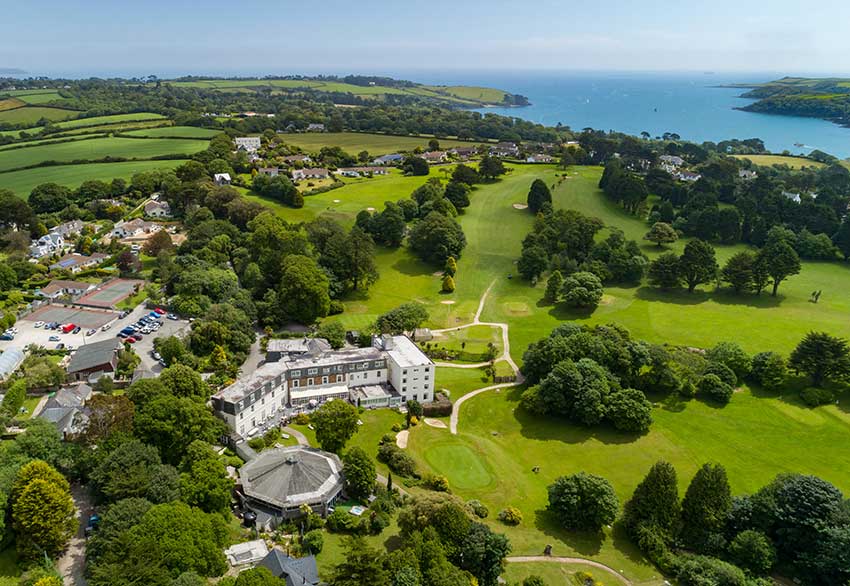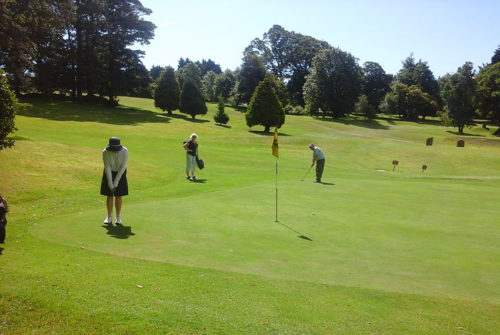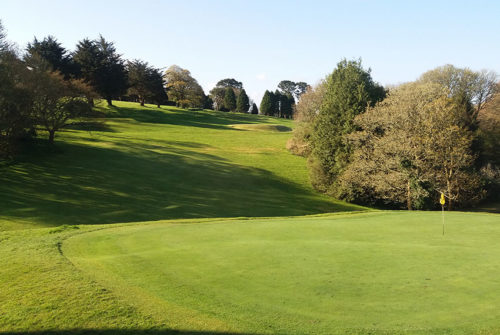News from Budock Vean
Helford: Flora and Fauna
The Helford River is a marine inlet formed by the flooding of a river valley following the last ice age. The wide range of marine, coastal and terrestrial habitats have been recognized for both their national and international importance. They have received multiple designations including a Marine Conservation Zone, a Special Area of Conservation and Sites of Special Scientific Interest (SSSI). This is further complimented by several County Wildlife Sites (CWS) which cover the upper reaches of the estuary.
The creek is bordered by woodland along many sections of its bank. Oak appears to be the dominant tree species here. This woodland may be over 200 years old and is believed to be ancient woodland. In other places, Ash and Sycamore may be more abundant in the canopy. While Sycamore is not native in this country, it has been long established in the UK and has developed associations with a range of British species. It is therefore preferable to more recent introductions. Beech, Turkey Oak and Sweet Chestnut are also found in the canopy, while Hazel, Elder and Hawthorn make up the under-storey. A large variety of lichens and mosses grow on these trees. Woodland rides and margins often hold the greatest diversity of life, where the sunlight reaches the forest floor and allows wildflowers to grow. Silverwashed Fritillary has been recorded here alongside other butterflies such as Speckled Wood.
Throughout the year, the woodland floor may either be carpeted in wildflowers or lush with a diversity of ferns or sedges. The spring flowers include Lesser Celandine, Primrose and Wood Anemone, before giving way to Bluebells or Ramsons in April and May. The woodland makes a home for birds such as Nuthatch, Jay, Song Thrush and Great Spotted Woodpecker.
Adapted, with thanks, from the TEVI survey at Budock Vean







